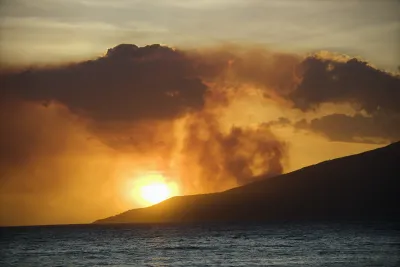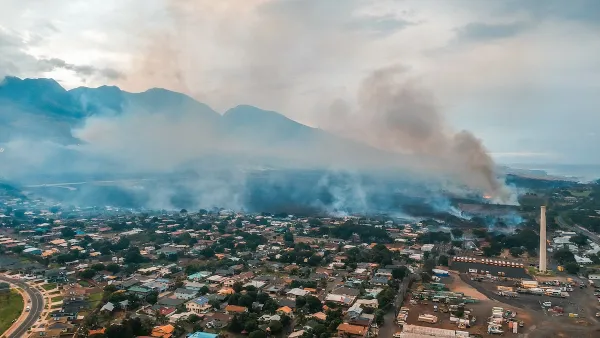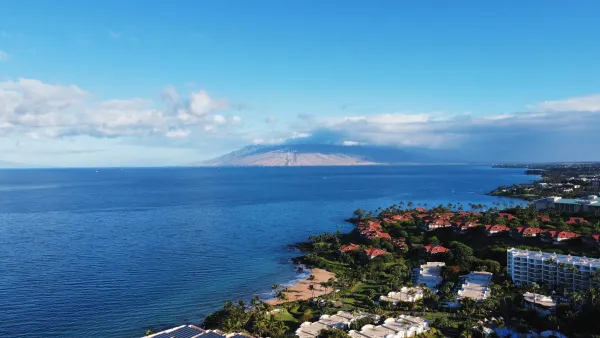Maui County hopes to prevent big oil companies like Exxon from taking their climate change damages case to federal courts, insisting that the lawsuit be heard at the state level.

Maui County is the latest to join nearly two dozen counties in suing big oil companies for damages caused by climate change. According to the lawsuit, companies like ExxonMobil, Chevron, Shell, and ConocoPhillips had knowledge of the destructive greenhouse gas emissions caused by their products as early as the 1970s, yet the companies did nothing to mitigate the negative effects. The county is suing for billions in damages to infrastructure caused by climate change-fueled sea level rise.
"Sea level rise threatens Maui's five commercial harbors and five airports, which will become increasingly exposed to chronic flooding that will disrupt inter-island and transoceanic shipping and travel, impacting the county's economic activities along with its residents and visitors, the lawsuit said," reports David Hasemyer.
Damages caused by climate change are increasing year over year. A record-breaking fire season in 2019 burned nearly 26,000 acres "more than six times the total area burned in 2018," the lawsuit notes.
"Native Hawaiian cultural and historical resources, such as burial grounds and home sites, and the habitat of native and endangered species face destruction by rising seas, wildfires and rising temperatures," Hasemyer relays from the lawsuit.
The fossil fuel giants are pushing to have the case heard in federal court where the precedent stands that Congress should decide the remedies for climate change-related cases. Maui County prefers to be heard in the state court where they are "not constrained by prevailing federal laws that sharply constrain climate-related claims," writes Hasemyer.
FULL STORY: Maui Has Begun the Process of Managed Retreat. It Wants Big Oil to Pay the Cost of Sea Level Rise.

National Parks Layoffs Will Cause Communities to Lose Billions
Thousands of essential park workers were laid off this week, just before the busy spring break season.

Retro-silient?: America’s First “Eco-burb,” The Woodlands Turns 50
A master-planned community north of Houston offers lessons on green infrastructure and resilient design, but falls short of its founder’s lofty affordability and walkability goals.

Delivering for America Plan Will Downgrade Mail Service in at Least 49.5 Percent of Zip Codes
Republican and Democrat lawmakers criticize the plan for its disproportionate negative impact on rural communities.

Test News Post 1
This is a summary

Test News Headline 46
Test for the image on the front page.

Balancing Bombs and Butterflies: How the National Guard Protects a Rare Species
The National Guard at Fort Indiantown Gap uses GIS technology and land management strategies to balance military training with conservation efforts, ensuring the survival of the rare eastern regal fritillary butterfly.
Urban Design for Planners 1: Software Tools
This six-course series explores essential urban design concepts using open source software and equips planners with the tools they need to participate fully in the urban design process.
Planning for Universal Design
Learn the tools for implementing Universal Design in planning regulations.
EMC Planning Group, Inc.
Planetizen
Planetizen
Mpact (formerly Rail~Volution)
Great Falls Development Authority, Inc.
HUDs Office of Policy Development and Research
NYU Wagner Graduate School of Public Service





























